Extracellular vesicles in people with nonalcoholic fatty liver disease (NAFLD) encourage colorectal cancers to spread to the liver and prevent immune cells from attacking the metastatic tumors.
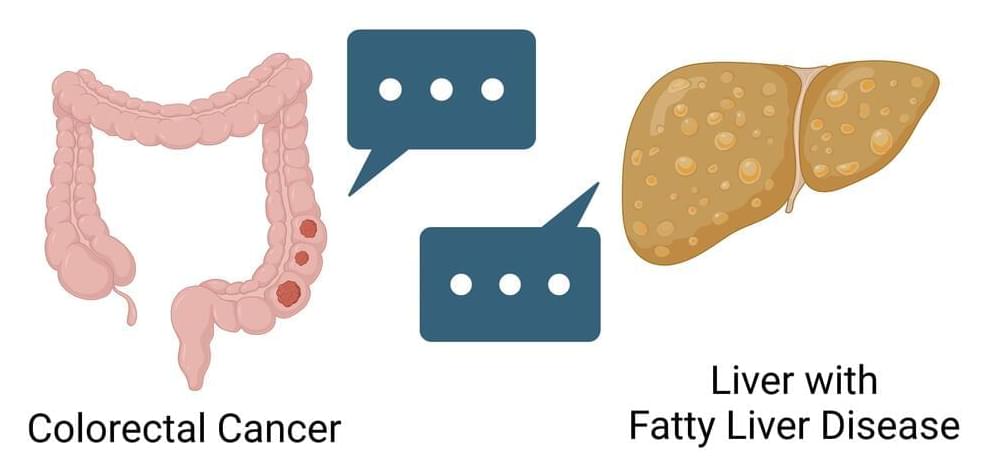

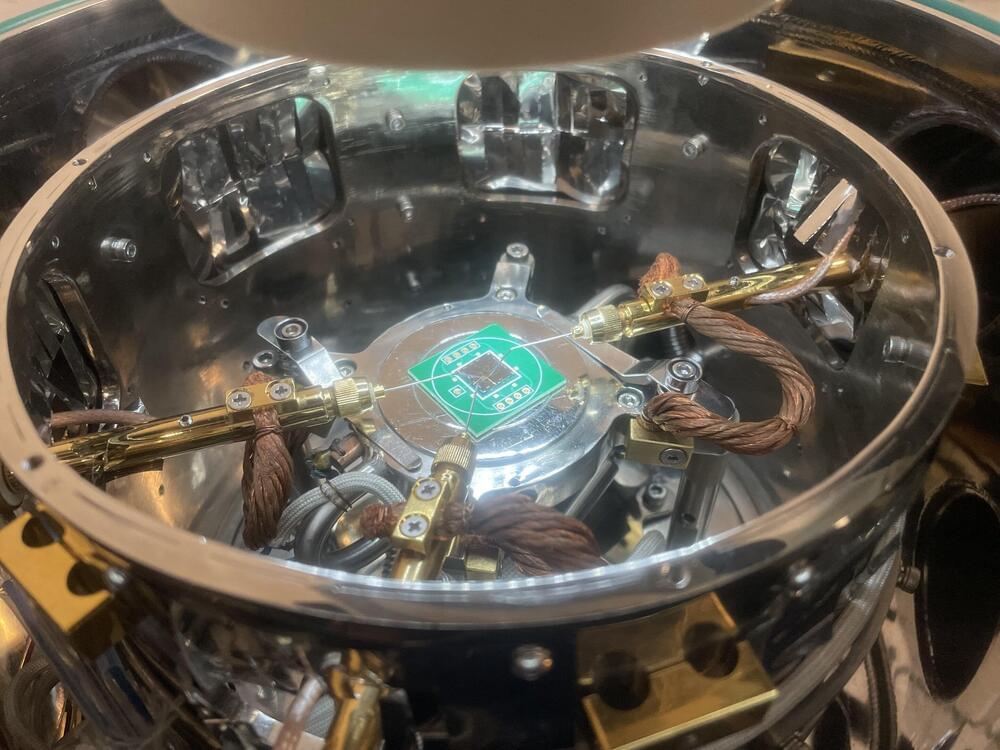
A proton-driven approach that enables multiple ferroelectric phase transitions sets the stage for ultralow power, high-capacity computer chips.
A proton-mediated approach that produces multiple phase transitions in ferroelectric materials could help develop high-performance memory devices, such as brain-inspired, or neuromorphic, computing chips, a KAUST-led international team has found. The paper is published in the journal Science Advances.
Ferroelectrics, such as indium selenide, are intrinsically polarized materials that switch polarity when placed in an electric field, which makes them attractive for creating memory technologies. In addition to requiring low operating voltages, the resulting memory devices display excellent maximum read/write endurance and write speeds, but their storage capacity is low. This is because existing methods can only trigger a few ferroelectric phases, and capturing these phases is experimentally challenging, says Xin He, who co-led the study under the guidance of Fei Xue and Xixiang Zhang.
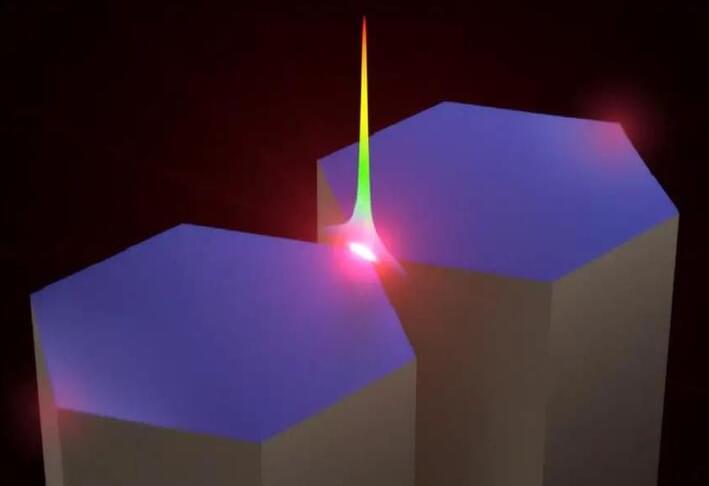
Waveguiding scheme enables highly confined subnanometer optical fields.
Researchers have pioneered a novel method for confining light to subnanometer scales. This development offers promising potential for advancements in areas such as light-matter interactions and super-resolution nanoscopy.
Advancements in Light Confinement Technology.

Flying cars. Space tourism. Safe reentry for astronauts coming back from Mars.
These technologies are still science fiction, but some won’t be for much longer, according to Charles “Mike” Fremaux, NASA Langley Research Center’s chief engineer for intelligent flight systems.
To test these concepts, particularly in regard to public and military safety, NASA Langley is building its first new wind tunnel in over 40 years. The NASA Flight Dynamic Research Facility, a project Fremaux has been pursuing for 25 years, will replace two smaller wind tunnels that are around 80 years old. The center’s most recent and largest, the National Transonic Facility, was built in 1980.
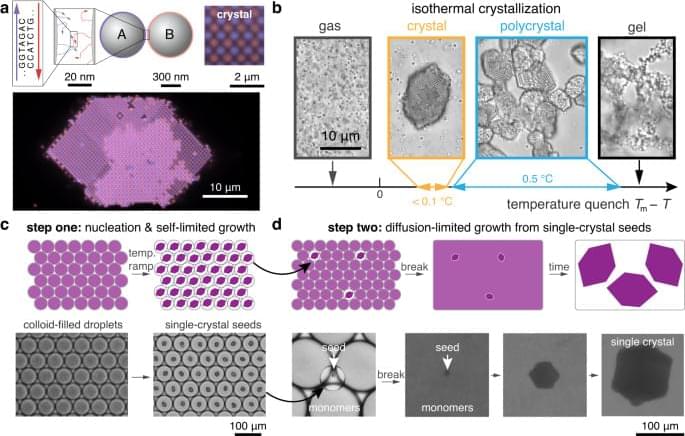
DNA-programmed self-assembly leverages the chemical specificity of DNA hybridization to stabilize user-prescribed crystal structures1,2. Pioneering studies have demonstrated that DNA hybridization can guide the self-assembly of a wide variety of nanoparticle crystal lattices, which can grow to micrometer dimensions and contain millions of particles3,4,5,6,7,8,9. Attention has now turned toward the goal of assembling photonic crystals from optical-scale particles (i.e., roughly 100‑1000 nm in diameter)10,11,12 using DNA-programmed interactions. To this end, progress over the past decade has established that DNA can indeed program the self-assembly of bespoke crystalline structures from micrometer-sized colloidal particles13,14,15,16,17,18,19. However, growing single-domain crystals comprising millions of DNA-functionalized, micrometer-sized colloidal particles remains an unresolved barrier to the development of practical technologies based on DNA-programmed assembly. Prior efforts have yielded either single-domain crystals no more than a few dozen micrometers in size13,14,15,16 or larger polycrystalline materials with heterogeneous domain sizes12,15,17,20. These features—small crystal domains, polycrystallinity, and size dispersity—have therefore precluded the use of DNA-coated colloidal crystals in photonic metamaterial applications.
Assembling macroscopic materials from DNA-functionalized, micrometer-sized colloids is challenging due to the vastly different length scales between the DNA molecules and the colloidal particles (Fig. 1a). This combination leads to crystallization kinetics that are extremely sensitive to temperature and prone to kinetic trapping1,21,22,23. The resulting challenges are both practical and fundamental in nature. For example, recent work has shown that crystal nucleation rates can vary by orders of magnitude over a temperature range of only 0.25 °C19. Extremely precise temperature control would therefore be required to self-assemble single-domain crystals from a bulk solution (Fig. 1b). At the same time, annealing polycrystalline materials is difficult due to the combination of the short-range attraction and the friction arising from the DNA-mediated colloidal interactions, which slows the rolling and sliding of colloidal particles at crystalline interfaces15,19,24,25.
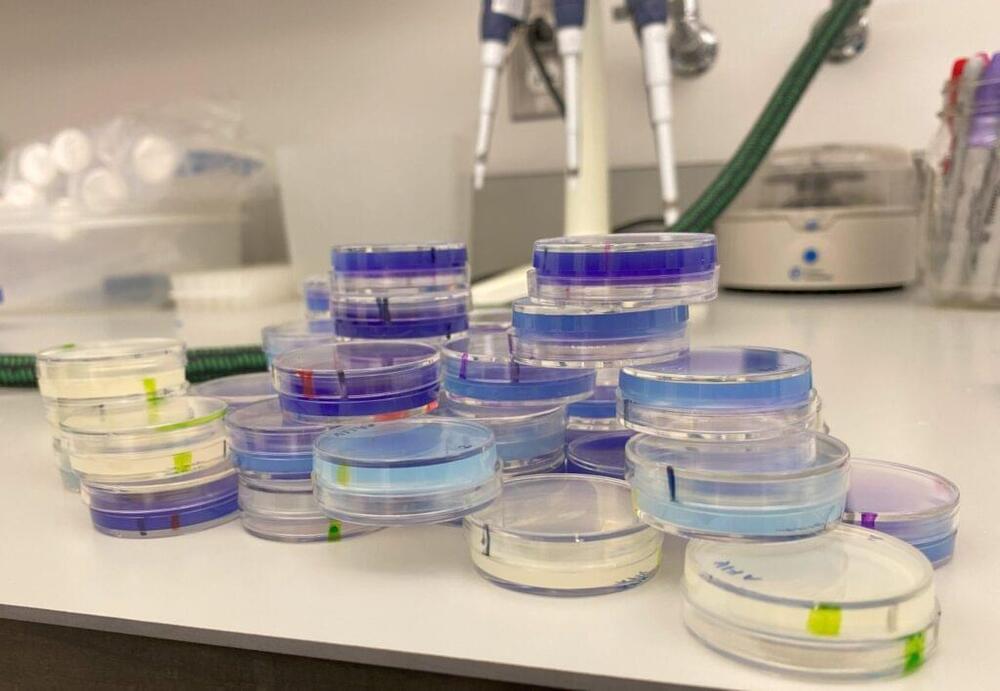

USA: A cohort study of 3,058 patients with perioperative cardiac arrests showed that frailty is associated with increased mortality and nonhome discharge.
Increased Risk Analysis Index (RAI) among patients with severe frailty was tied to steadily increasing the risk of non-home discharge and mortality, and the association with mortality was most pronounced in the context of non-emergency surgery.
The findings of the cohort study, published in JAMA Network Open, suggest that although roughly 1 in 3 patients with an RAI of 40 or greater survived at least 30 days following perioperative CPR, higher frailty burden was associated with increased mortality and greater risk of non-home discharge among survivors.
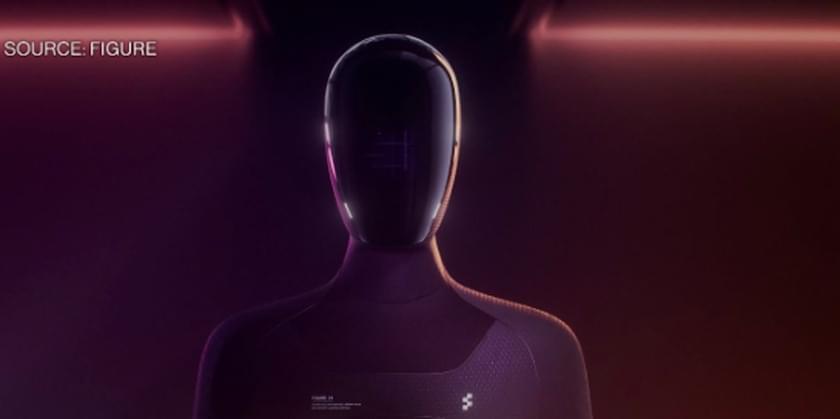
Intel’s investment arm has invested $9 million in Figure, a company specialising in humanoid robots for general purpose.
Here’s What We Know
Figure caught the attention of the robotics industry due to its success in creating a general-purpose robot. Just a few months after its inception, the company unveiled the humanoid Figure 01.

An open letter signed by more than 1,300 experts says AI is a “force for good, not a threat to humanity”.
It was organised by BCS, the Chartered Institute for IT, to counter “AI doom”.
Rashik Parmar, BCS chief executive, said it showed the UK tech community didn’t believe the “nightmare scenario of evil robot overlords”.
Dr. Ralph W. Moss and son Ben discuss how a walk in the woods may help manage symptoms and improve quality of life. Delve into the science behind how the Japanese practice of “Forest Bathing” and aromatherapy can reduce stress, improve mood, and ease pain.
Program Notes:
Recommended Product.
NOW Woodland Walk essential oil.
https://www.nowfoods.com/products/essential-oils/woodland-walk-oil-blend.
For more information on cancer-fighting foods and supplements, please visit our website: https://www.themossreport.com.
5 Defenders Mushroom Blend.
5 Defenders Organic Mushroom Blend Capsules
“A comprehensive self-help plan for cancer includes medicinal mushrooms. They are indispensable”. – Ralph W. Moss, PhD.